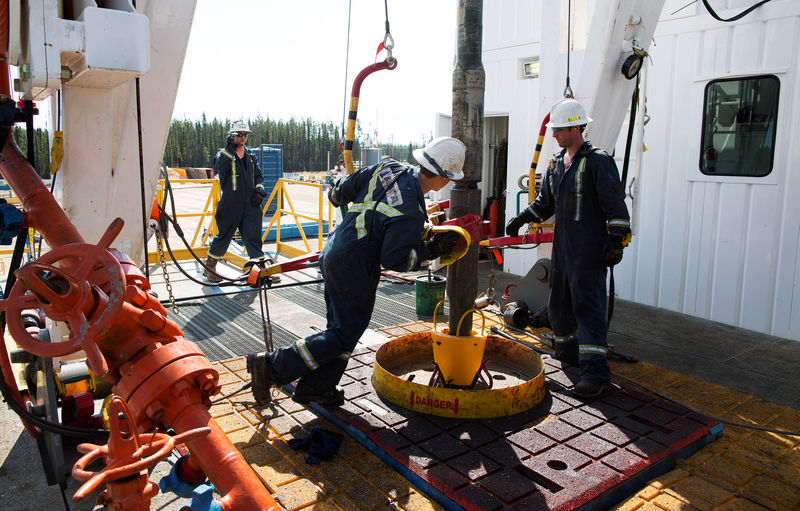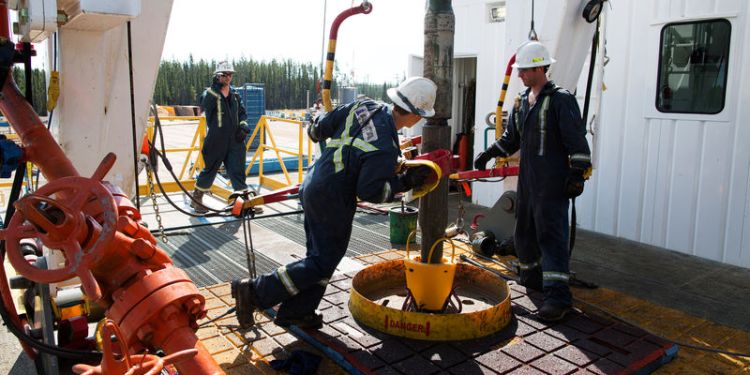
© Reuters.
LCO
-0.51%
Add to/Remove from Watchlist
Add to Watchlist
Add Position
Position added successfully to:
Please name your holdings portfolio
Type:
BUY
SELL
Date:
Amount:
Price
Point Value:
Leverage:
1:1
1:10
1:25
1:50
1:100
1:200
1:400
1:500
1:1000
Commission:
Create New Watchlist
Create
Create a new holdings portfolio
Add
Create
+ Add another position
Close
CL
-0.70%
Add to/Remove from Watchlist
Add to Watchlist
Add Position
Position added successfully to:
Please name your holdings portfolio
Type:
BUY
SELL
Date:
Amount:
Price
Point Value:
Leverage:
1:1
1:10
1:25
1:50
1:100
1:200
1:400
1:500
1:1000
Commission:
Create New Watchlist
Create
Create a new holdings portfolio
Add
Create
+ Add another position
Close
By Peter Nurse
Investing.com — Oil prices fell Wednesday on fears the surge in COVID cases in China after its reopening will hamper its economic recovery just as western economies head into recession, hitting fuel demand growth.
By 04:30 ET (09:30 GMT), U.S. crude futures traded 0.8% lower at $78.90 a barrel, while the Brent contract fell 0.6% to $84.19 a barrel.
China announced earlier this week that it will stop requiring inbound travelers to go into quarantine from early next year, news that helped crude prices reach their highest in three weeks on Tuesday.
However, this policy, without a successful mass vaccination program, has resulted in a surge in COVID-19 infections, putting the country’s hospitals under severe pressure.
While the opening of the Chinese economy is a clear winner for the oil market, given the country is the largest importer of crude in the world, any increase in demand may be delayed as the country struggles with the increase in infections.
At the same time, many western economies are heading into recession, likely hitting demand for energy products, as central banks tighten monetary policy aggressively to combat soaring inflation.
For example, the euro area faces a “very difficult economic situation” that will test individuals and businesses, European Central Bank Vice President Luis de Guindos said on Tuesday.
The supply equation remains unclear as well.
The U.S. remains under a deep freeze, with oil refiners in the U.S. working to resume operations at a dozen facilities knocked offline by the winter storm across much of the country.
Additionally, Russian President Vladimir Putin indicated that Moscow aims to ban oil sales from Feb. 1 to countries that abide by the G7 price cap, which started in early December.
“How the Russia/Ukraine war evolves will be important for oil markets in 2023. While a de-escalation might not lead to the return of pre-war oil trade flows, it would remove a lot of supply risk from the market,” said analysts at ING, in a note.
Back in the U.S., the industry group American Petroleum Institute is due to release data on U.S. crude inventories later Wednesday, and stocks are expected to have fallen, adding to last week’s 3 million barrel draw.
“The mentality of U.S. producers has changed significantly from producing as much as possible to focusing on shareholder returns and as a result, continuing to show discipline when it comes to capital spending,” ING added. “Supply chain issues, labour shortages and rising costs have also played a role in the more modest supply growth expected over the next year.”
Source: Investing.com

























